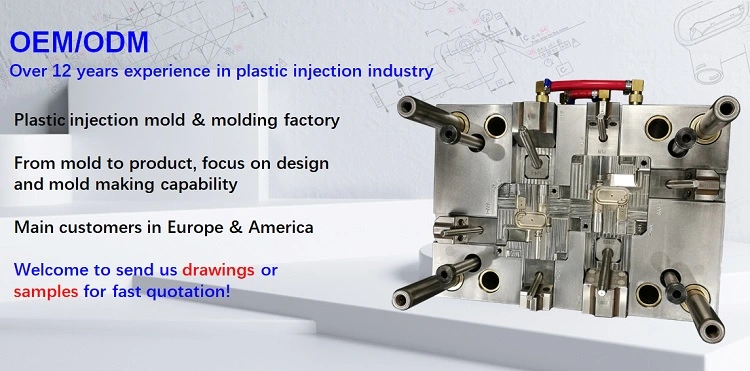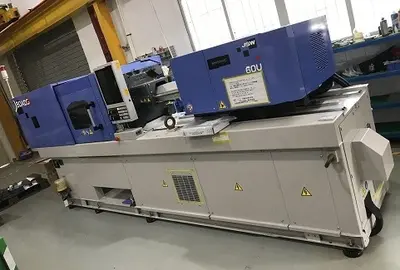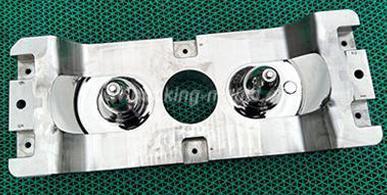

Weld lines form when multiple plastic flow fronts meet in the mold cavity after passing inserts, holes, or areas with disrupted flow. Inadequate fusion between these fronts creates linear marks, significantly reducing a product’s mechanical strength. Solutions for weld lines often overlap with those for sink marks.
Issue: Poor plasticization or uneven melt temperature leads to weak weld lines.
Remedy: Extend the molding cycle for complete plasticization. Opt for a molding machine with higher plasticizing capacity if needed.
Mold Temperature Enhancement:
Raise overall mold temperature or locally heat the weld line area to improve melt fusion.
Runner and Cold Slug Well Modification:
Enlarge narrow/shallow runners and increase cold slug well volume to reduce flow resistance.
Gate Design Changes:
Adjust gate size, location, or type to avoid flow around inserts/holes. Minimize multiple gates; use buffers or relocate gates to promote uniform flow.
Venting System Upgrades:
Open, expand, or smooth venting passages, including clearances around inserts and ejector pins to release trapped air.
Injection Parameters:
Increase injection pressure and extend injection time to strengthen welds.
Adjust injection speed: High speeds ensure melt reaches the meeting point before cooling; low speeds allow better air venting.
Temperature Management:
Raise barrel/nozzle temperatures to lower melt viscosity (improving flow and thinning weld lines). Balance with reduced gaseous decomposition at lower temperatures.
Minimize release agents (especially silicone-based types), which hinder flow front fusion.
Lower clamping force to facilitate venting.
Increase screw speed to reduce viscosity and backpressure to improve material density.
Thoroughly dry raw materials and reduce liquid additives to prevent gas entrapment.
Add lubricants/stabilizers to low-fluidity or heat-sensitive plastics. Switch to higher-fluidity or heat-resistant resins if needed.
Wall Thickness Adjustment:
Increase wall thickness in thin areas to prevent premature solidification of the melt.
Insert Positioning:
Reposition inserts that disrupt flow to minimize weld line formation.
Mold & Equipment: Optimize temperature, runners, gates, and venting.
Process: Tune pressure, speed, and temperature for better melt fusion.
Material & Design: Dry materials, adjust additives, and modify wall thickness/insert placement.
Addressing weld lines requires a multi-faceted approach to ensure strong mechanical properties and improved product quality.
We specialize in custom plastic injection mold production service in China and injection molding processes for 20 years, contact yoyo@hanking-mould.com for your plastic products projects.







 Call us on:
Call us on:  Email Us:
Email Us:  No.23, XingYi Road, Wusha Community, Chang'an Town, Dongguan City, Guangdong Province, China.
No.23, XingYi Road, Wusha Community, Chang'an Town, Dongguan City, Guangdong Province, China.